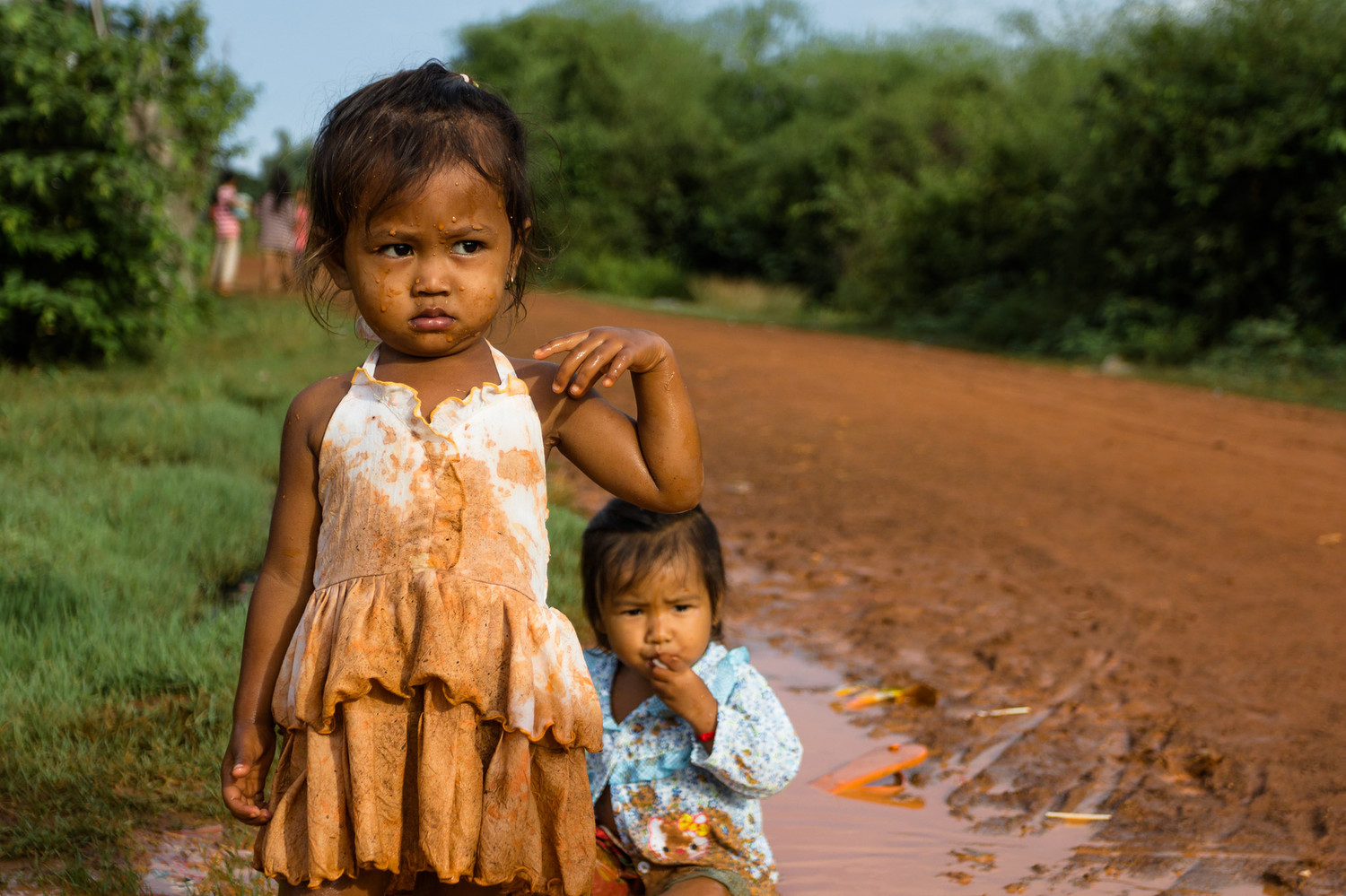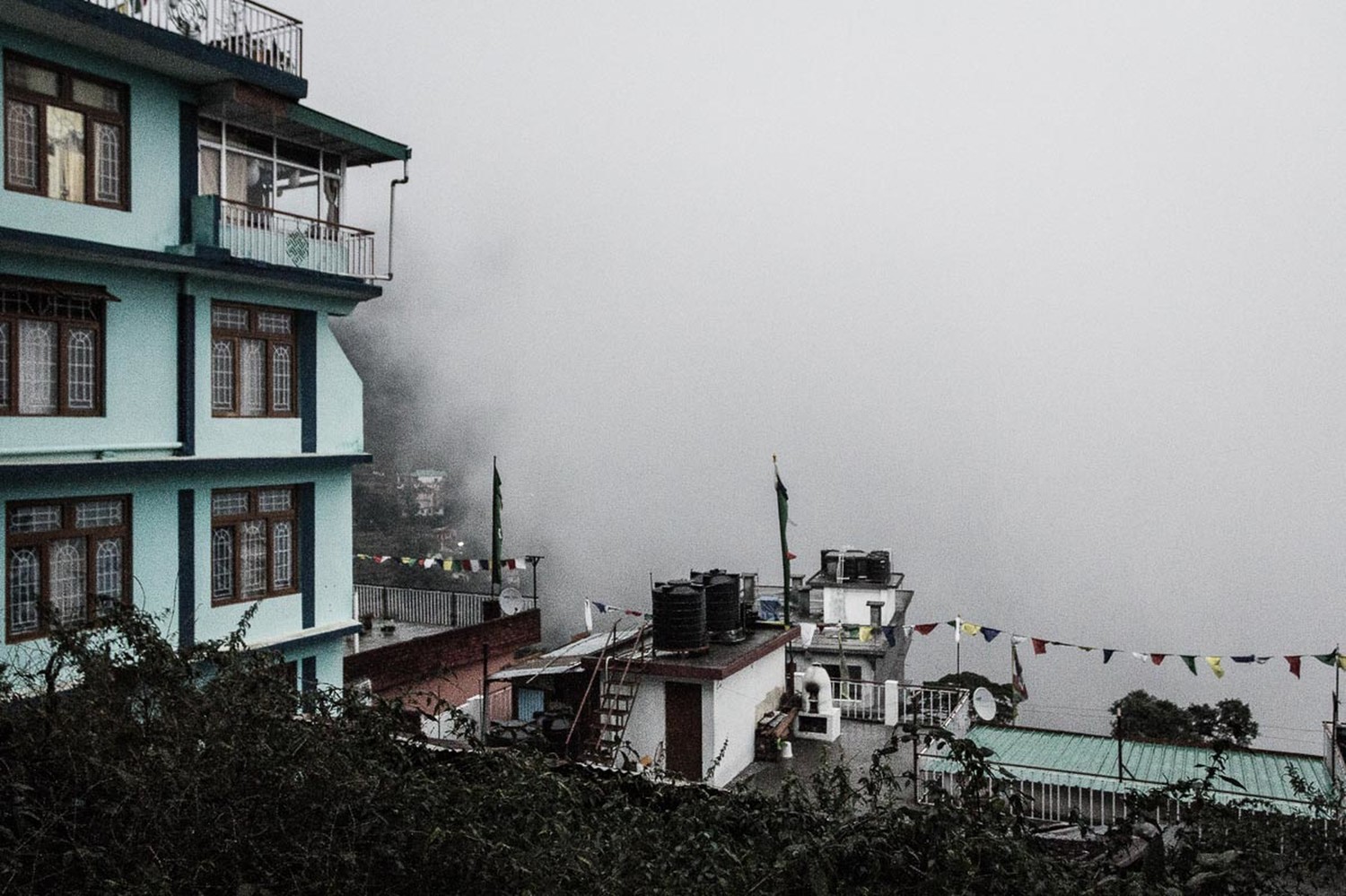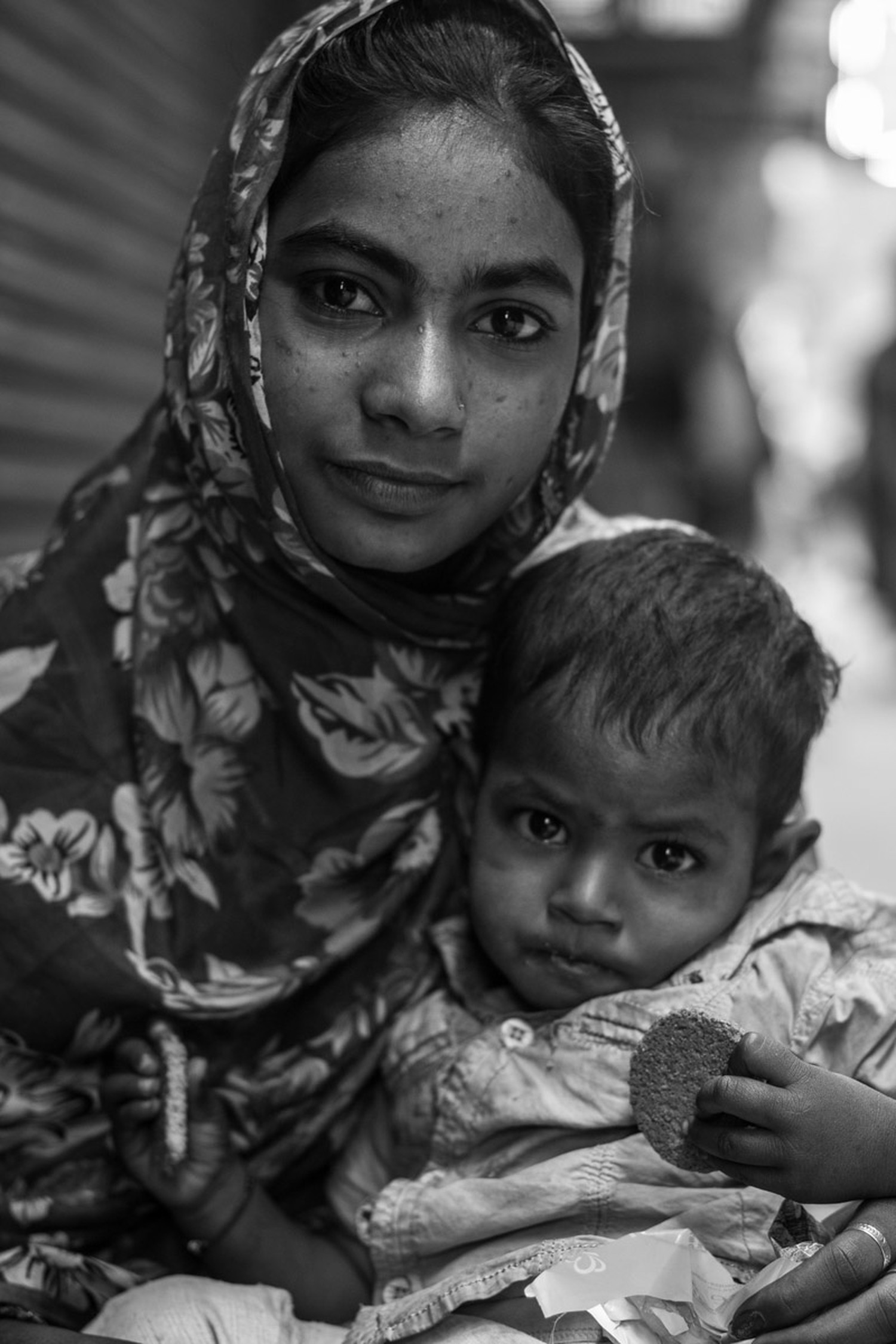
Artist Showcase: Joey Marasek
Photographer
A friend introduced Joey and me in Dallas while Joey lives in Ukraine, and when I first communicated with him it was on Instagram. 2016 is cool, eh? His portraits were moving—black and white, color, children, old people, it didn’t matter. They showed human faces in their natural state, and that’s what I wanted, humanity in its purest form. Joey’s work reminds us that humans are basically the same everywhere, that these creatures are made in the image of God. — Brandon Giella
What do you do and how can I find it?
I am a missionary and photographer from Houston, Texas, and I’m currently living in Lviv, Ukraine. I lived in Ching Mai, Thailand, for about two years working with an NGO called Urban Light, which works with boys in the red light district, and a ministry called Project Video, which teaches people of various minority groups video production. I have photographed different people groups in Thailand, Cambodia, Ukraine, India, Sri Lanka, Nepal, and more. My photography focuses on the “least of these”: orphans, minority groups, refugees, people in poverty, and children. My work can be found at joeymarasek.com and on Facebook, Instagram, and Twitter.
How did you get started?
In September 2012, I went on a mission trip called the World Race, which takes people to eleven countries in eleven months. There was a girl on my team who had a camera, and I could not put it down. When I got home, I bought my own and moved to Thailand six months later. I was pretty lucky that I was pretty much living in a National Geographic magazine. I had no formal training, only a camera, Google, and plenty of opportunities to travel around northern Thailand. I had some more formal training with a missions group called YWAM in Germany, and that took me to India, Sri Lanka, and Nepal. Now I am living in Lviv, Ukraine, doing some various jobs and pursuing some personal projects and ministry, including starting a photo gallery and studio.
What is the coolest story you have about doing what you do?
Many times I have seen places most tourists don’t get to see. Yeah, I have been to places like the Taj Mahal, Angkor Wat, and seen the Himalayas (from a plane), but I have also lived among the locals. I have seen how they live when they are not putting on a show for tourists. A good example is the Kayan long neck people of Thailand. Most people come, take some pictures, buy some souvenirs, and leave. I have had an amazing opportunity to stay in their houses, eat with them, and get to know them. It gives you a whole new respect for the culture you are living in, and a heart for the people. Anyone can go take a photo, but when you know someone and they trust you, it’s a whole new level of what you can capture in your images.
Who was your biggest inspiration for this?
Probably James Natchewey, Lynsey Addario, and Steve McCurry, and their photos of conflict and its aftermath. I remember watching the coverage of the first Iraq War when I was a kid, and thought there was something almost romantic about covering it. I had a desire when I picked up a camera to do conflict photography, especially after watching “War Photographer.” I couldn’t understand why the images these photographers were taking weren’t moving more people to act. I guess it’s a problem in this digital and social media age, where people see violence so much they stop caring. Right now, God had different ideas for me, like working with kids and orphans, but living in Ukraine makes it easy to tie it back to conflict.
If you could tell someone advice for doing what you do, what would you say?
Be prepared to have no money. My first six months in Ukraine, I worked teaching English to make money to live. It’s a struggle to build yourself up and it takes a lot of patience. I would also say find connections. Go out and find an NGO you admire and work with them. Building relationships is a lot more important than sticking a camera in people’s faces. Imagine if you were in these people’s situation, how would you want yourself to be portrayed?
































